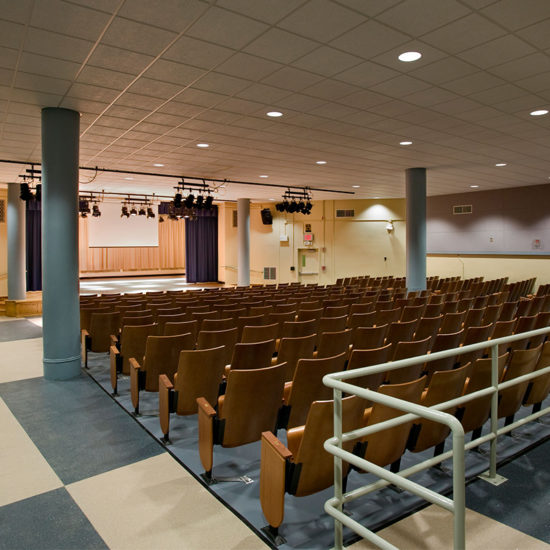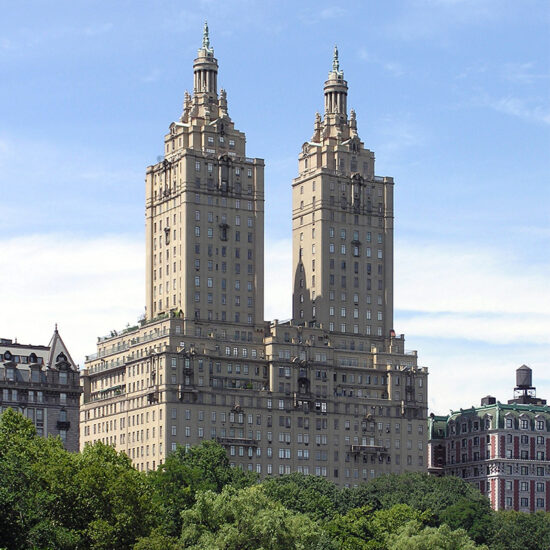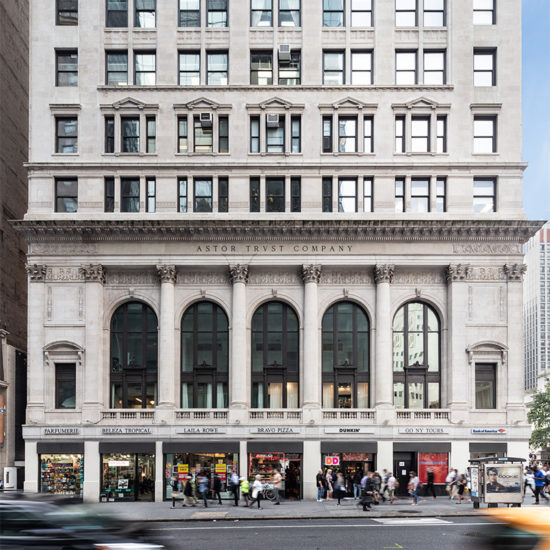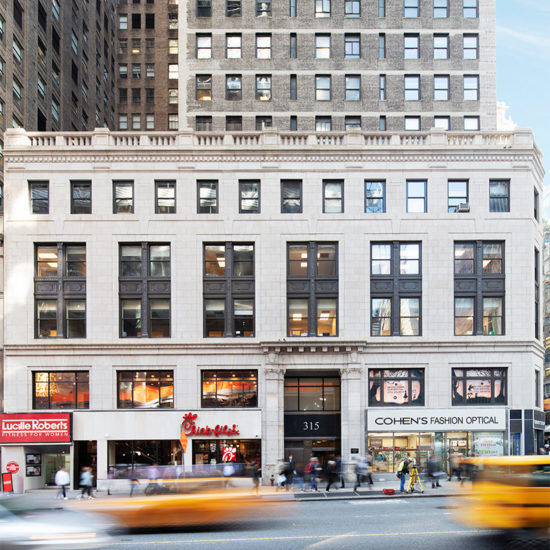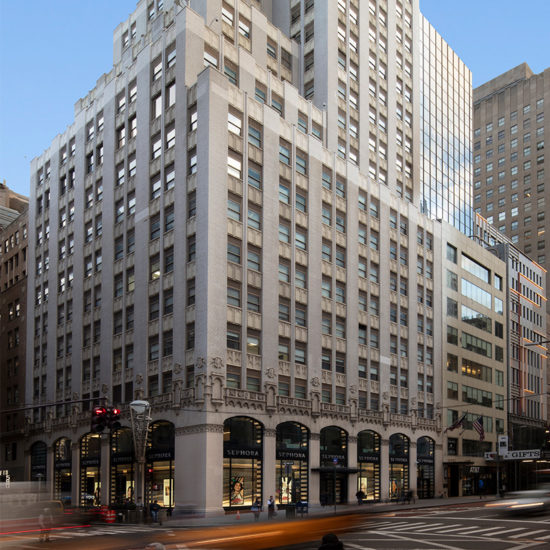We design new buildings – complex, innovative, successful buildings – backed by our experience working with most types of existing structures. Those new buildings include mixed-use towers, multi-family residences, institutional structures, and adaptive reuse projects.
We know that for your building or interior to be a successful investment, it has to perform on multiple levels: image, function, durability, and sustainability. And that you want an efficient, quality-driven design and construction process that gets your facility open and operational as soon as possible.
With our coordinated in-house teams of architects and engineers, we will bring a quick, comprehensive response to your design needs. The full team, which has experience working with all city agencies, is ready to assist.
Pre-Design Phase
This phase includes all of the steps – from investigation through evaluation – required to design a successful project. They are as follows:
Feasibility Study
This essential first step looks at the project from both a budgetary and design perspective. It outlines the project’s scope, requirements, and challenges; and it analyzes zoning to determine whether the project is legally, physically and financially possible, so that the client makes an informed go/no-go decision. Because of our experience with many building types, our review and recommendations are comprehensive. We know what to look for and, when a good site or space is found, what the implications are. And our cost effective estimate lets you plan ahead.
Master Planning
If you’re considering a multi-building development, we’ll create a master plan to guide facility growth. The plan is a conceptual layout that considers how buildings interact, social setting, and context, and offers analysis, recommendations and proposals so you make the best use of your site. We base the plan on such elements as public input, surveys, planning initiatives, existing development, physical context, and social and economic conditions.
Planning
Our planning process begins with an examination of the site to see if it meets your needs. Once a site has been chosen, we begin interior space planning along with building valuation and analysis. We compare costs with benefits and provide renderings of the plans.
Programming
The program is a document that outlines the specific functions and spaces your building or interior requires. We start by interviewing decision makers and stake holders to understand what they require. We then translate that information into functions and lists of needed spaces with required square feet.
After itemizing the number of different spaces you need and totaling the square feet, we’ll create a program and possible layouts. They in turn will suggest the size and shape of building or interior you should be in and the systems needed to support it.
Design Phase
The following four steps describe the process of creating the building – from outlining the general concept to deciding on the smallest details:
Conceptual Design
The beginning phase of the process calls for the most general diagrammatic interpretation of the project’s functions, activities and forms.
Schematic Design
During this phase we use drawings to establish the scale of the building and its relationship to the site, the spaces and components that make up the building and their adjacencies, and the architectural language. The purpose of schematic design is to translate the conceptual design and program into physical drawings of space. The project team determines the areas, physical requirements and relationships of all the required building spaces and components. We establish the schedule, total square feet and budget. We also outline the all of the building’s systems, finishes both interior and exterior, and necessary services and systems such fire safety, security and communications.
Design Development
In this phase, what’s been reviewed and agreed on is completely developed to the smallest detail. This includes the architectural design, engineering systems, materials, fixtures and furnishings, and lighting and technology. Once this phase is complete, L+M can submit a final budget and schedule.
Construction Documents
With design development complete, L+M can prepare the construction documents. These are the drawings and specifications used by the construction team to actually build the project. In addition to the architectural design, they include site work, landscaping, interiors, equipment and all building systems. These are the legal documents for the construction of the building.
Construction Phase
L+M continues to play a role in the building of the project, both exterior and interior, to assure the contractor meets the requirements and quality outlined in the documents. The firm participates in the following ways:
Bidding
The construction documents are sent to a selected group of contractors who will prepare bids for the construction of the project. The architect will advise the client on the selection of the contractor based on the submitted bids.
Construction Administration
L+M reviews on site the compliance of the contractor with construction documents and assures quality control throughout the entire construction phase.
Commissioning
With the completion of the project, L+M works with the client to assure that all building systems are in working order and coordinated as outlined in the design intent and the client’s requirements.

